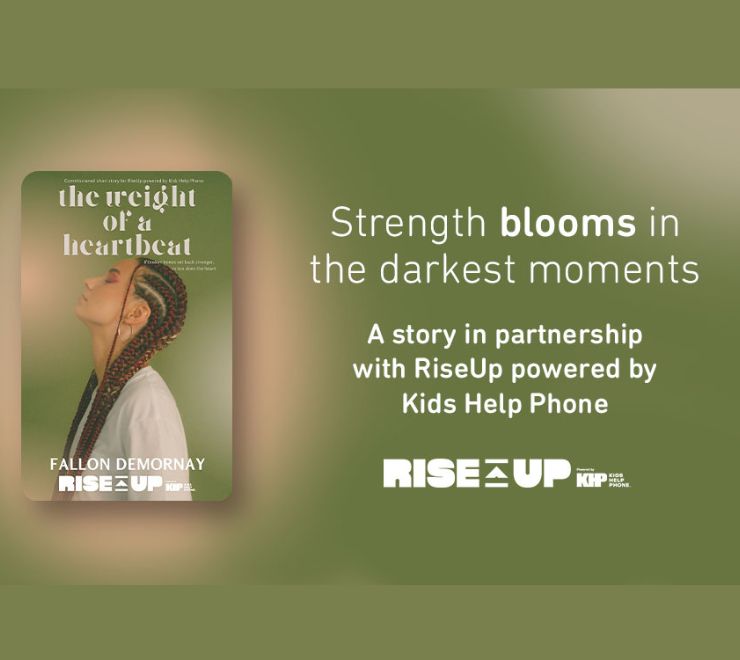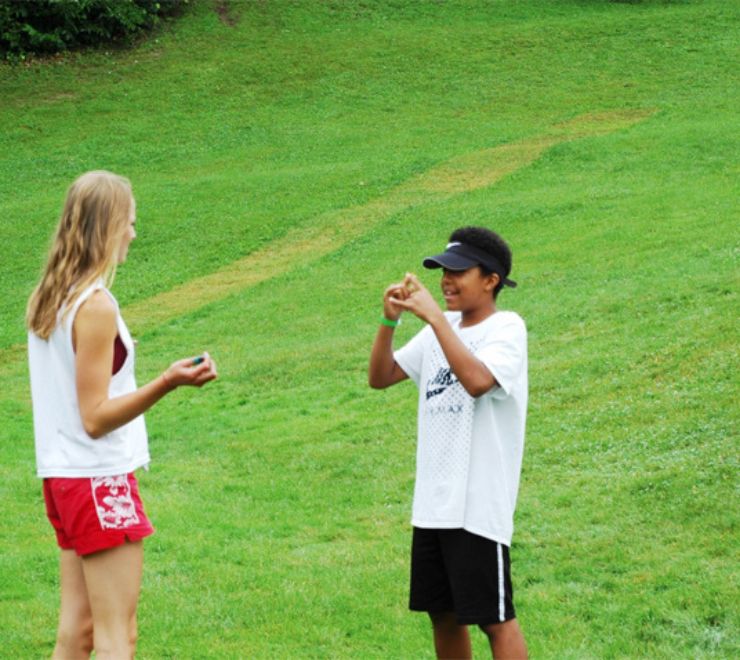If you decide sexting is something you want to do, it’s important to think about how to do it as safely as possible. Keep in mind, just like having sex, there’s no such thing as risk-free sexting. The biggest risk is messages being forwarded, posted or shared without your consent.
Some risks of sexting include:
- Permanency: you can’t “unsend” a sext.
- Blackmail: sexual messages could be used to manipulate you in the future.
- Emotional health: if someone shares your message without your consent, it could affect your mental and emotional well-being.
- Physical safety: you could be harassed or bullied.
- Getting in trouble: you could be in trouble with your parents/caregivers if they find out.
If your sext is forwarded/shared, it could mean someone is:
- showing it to friends
- posting it online
- sending it to other people
- trading it for other sexual images
If you do decide to sext, it’s important that you never forward, post or display sexual photos/videos of anyone else. Sharing sexual images of others can cause a lot of harm to the person depicted in the message. It’s a betrayal of their trust and can affect their social and emotional well-being.
If you receive a sexual photo/video from someone other than the person who created it, it could be illegal.
It’s important to tell a safe adult or contact Kids Help Phone if you or someone you know is being blackmailed, coerced, threatened or bullied at 1-800-668-6868.
Tips for safer sexting
If you decide to send a sext, there are some things you can do to help protect yourself. The following tips may help you send safer sexts, especially if the sext contains photo/video:
- don’t include your name in the photo/video
- don’t include your face or any identifying features in the photo/video such as birthmarks, tattoos or piercings
- don’t include any information that may identify you in the photo/video (e.g. anything with your name, address or school name on it)
- don’t sext or take your clothes off on webcam with people you’ve never met in person
What to do if…
When it comes to sexting, here’s what to do if…
You sent a sext you regret:
- Take a deep breath: just breathe for a few minutes. Try not to be too hard on yourself.
- Contact the person you sent it to: ask the person to delete it right away.
- Talk about it: talk to a friend or safe adult about your feelings. Kids Help Phone is always available if you need to talk at 1-800-668-6868.
Someone forwarded your sext (including photo/video):
- Don’t wait to take action: the longer the photo/video is out there, the harder it is to control.
- Don’t retaliate: don’t try to get back at the person who shared it. (This will only make things worse.)
- Get the image removed: if the sext was shared on a website, contact the website right away and explain the situation. They may be able to remove the photo/video, especially if you’re under 18. Visit NeedHelpNow.ca for information on getting a photo/video removed from popular websites.
- Talk to a safe adult: you can speak to a family member, parent/caregiver, teacher, counsellor or family friend. You don’t have to show them the photo/video, but it’s important to tell them what’s happening.
- Protect yourself: block people who are harassing you, and the people who forwarded the photo/video, on your online accounts. Don’t respond to mean and hurtful comments. (This could actually make the situation worse.)
You shared a sext meant to be private (including photo/video):
- Be prepared: sharing a sext without the consent of the person in the photo/video can have legal consequences.
- Don’t wait to take action: the longer the photo/video is out there, the harder it is to control. Consider ways to remove the image.
- Talk to a safe adult: it’s important to get support with what’s happening.
Remember, it’s not your fault if a photo/video is shared without your consent. No one deserves to have their trust and privacy violated. You can always call Kids Help Phone at 1-800-668-6868 if you need to talk.
What’s the difference between sexting and…
It’s important to know the difference between sexting and…
- Online sexual exploitation and abuse
Online sexual exploitation and abuse can happen if the person who sent you a sexual message is much older than you or is in a position of authority such as a teacher or camp counsellor. It means that someone is manipulating you into being sexual.
- Blackmail
Blackmail is when someone tries to get you to do something for them that you don’t want to do by threatening to hurt you. They may threaten you by saying they’ll release private sexts you’ve sent unless you meet their demands.
- Abuse or assault
If the sexual message depicts sexual or physical abuse or assault, it’s different from sexting and is never OK. This could include rape and other forms of sexual or physical violence.
- Sexual harassment
Sexual harassment is unwanted verbal or physical behaviour of a sexual nature. If you tell someone to stop, and they keep sending you sexual messages, it’s sexual harassment.
If you’re experiencing exploitation, blackmail, abuse, assault or harassment, it’s important to involve a safe adult such as a family member or the police.
Note: Some other pages on NeedHelpNow.ca use language that we would not use at Kids Help Phone (i.e. referring to sexting as self/peer exploitation). However, this particular page has useful information on how to report online violence.















